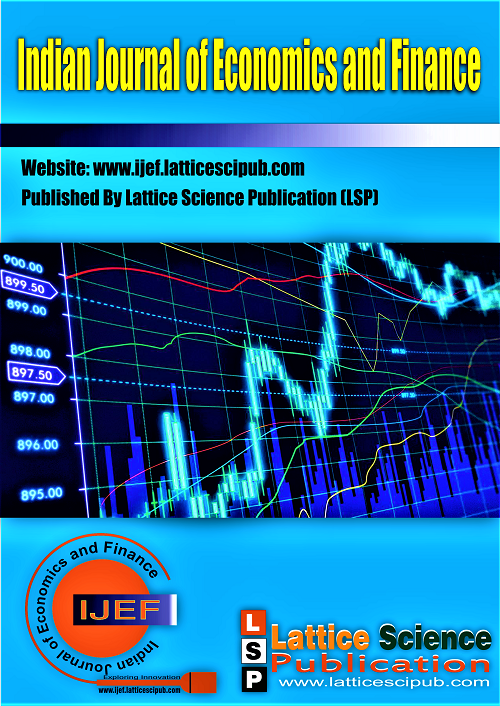The Impact of Innovation Strategy on the Financial, Social and Environmental Performance
Main Article Content
Abstract
The core purpose of this study is to investigate the effect of innovation strategy on financial, social and environmental performance of companies listed on the Tehran Stock Exchange (TSE). The information used is from 129 companies listed on TSE in different industries between 2011 and 2018 (1032 observations). In order to analyze the data, a multivariate regression test was used. The results showed a positive and significant relationship between innovation strategy on financial performance and environmental performance. Also, the relationship between innovation strategy and social performance has a positive but insignificant. Innovation tools are also among the few management tools that can have a positive impact on both financial performance and the company’s environmental performance. In this research, an attempt has been made to look at the idea of innovation from a financial point of view, and its results in the long run indicate the right choice of management to invest in the company’s research and development unit.
Downloads
Article Details

This work is licensed under a Creative Commons Attribution-NonCommercial-NoDerivatives 4.0 International License.
How to Cite
References
Oltra, V. (2008). Variety of technological trajectories in low emission vehicles (LEVs): Apatent data analysis. Journal of Cleaner Production,
, 534. [CrossRef]
Schroll, A., & Mild, A. (2011). Open innovation modes and the role of internal R&D. An empirical study on open innovation adoption in Europe. European Journal of Innovation Management, 14(4), 475–495.
Hall, B. H. (2000). Innovation and market value. In R. Barrell, G. Mason, & M. O’Mahoney (Eds.), Productivity, innovation and economic performance (pp. 177–198). Cambridge, UK: Cambridge University, Press.
Freeman, R. E. (1984). Strategic management: Astakeholder approach. Boston: Pitman. Développement, Croissance et Progrès, 36(1),
–229.
Lee, P. G., & O’Neil, H. M. (2003). Ownership structures and R&D investments of U.S. and Japanese firms: Agency and stewardship perspectives. Academy of Management Journal, 46(2), 212–225. [CrossRef]
Sougiannis, T. (1994). The accounting based valuation of corporate R&D. The Accounting Review, 69(1), 44–68.
Sumeonidis, G. (1996). Innovation, firm size and market structure: Schumpeterian hypotheses and some new themes. Journal of Financial
Economics, 37, 69-65
Baker, W. E., & Sinkula, J. M. (2002). Market orientation, learning orientation and product innovation: Delving into the organization’s black box. Market Focus Manage; 5(1), 5–23
Kochhar, R., & David, P. (1996). Institutional investors and firm innovation: A test of competing hypotheses. Strategic Management Journal, 17(1), 73–84. [CrossRef]
Barker, V. L., & Mueller, G. C. (2002). CEO characteristic and firm R&D spending. Management Science, 48(1), 782–801. [CrossRef]
Koh, P. S. (2003). On the association between institutional ownership and aggressive corporate earnings management in Australia. The British Accounting Review., 35, 105–128[CrossRef]
Chen, H. L., Hsu, W. T. and Huang, Y. S. (2008). Top management team characteristics, R&D investment and capital structure in the IT industry. Small Business Economics. Available at http://www.springerlink.com/index/k062471w88846740.pdf
Pourali, Mohammad Reza and Hejjami, Mohadeseh (2014), Brazilian Advertising for Disclosure of Social Counseling and Possible Nadi in
Different Companies Purchased in the Tehran Stock Exchange, Quarterly Journal of Specialized and Management Research, No. 10.
Börjesson, S., & Löfsten, H. (2012). Capabilities for innovation in small firms – A studyof 131 high-tech firms and their relation to performance. International Journalof Business Innovation and Research, 6(2), 149–176. [CrossRef]
Kemp, R., Miles I. and Smith, K. (1994). Technology and the transition to environ-mental stability. Continuity and change in complex technology systems. Finalreport from project technological Paradigms and Energy Technologies.for SEERresearch programme of the CEC.(DG XII).





